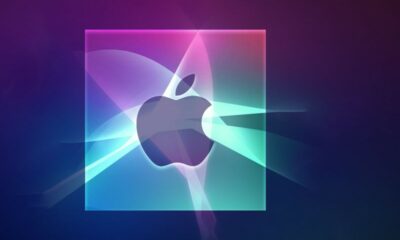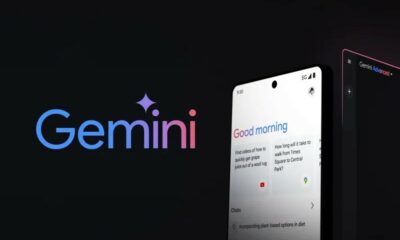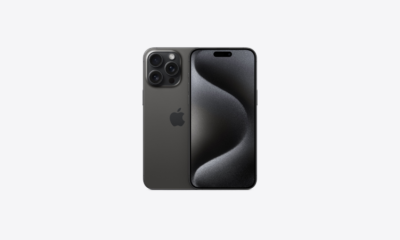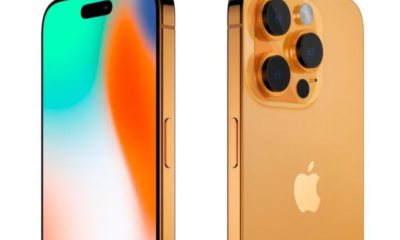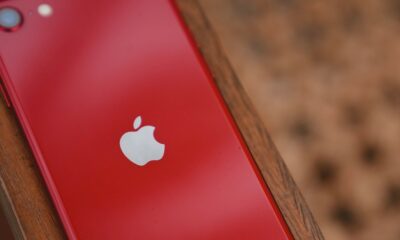Technology
The Steps to Change App Icons on iOS 14 Home Screen
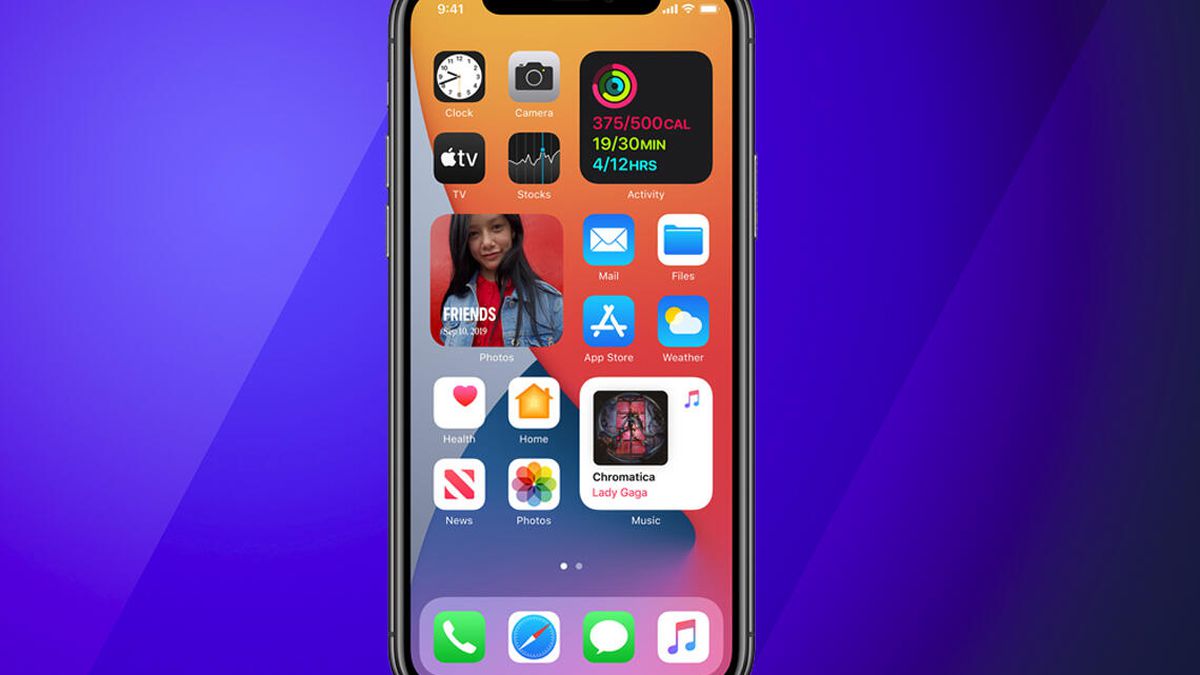
Technology
Microsoft Expands Copilot Voice and Think Deeper
Technology
Google Launches Free AI Coding Tool for Individual Developers
Technology
Elon Musk Unveils Grok-3: A Game-Changing AI Chatbot to Rival ChatGPT
-

 Entertainment4 weeks ago
Entertainment4 weeks agoHappy Women’s Day 2025: Top 30 Wishes and Quotes to Share with Friends and Family
-

 Entertainment2 weeks ago
Entertainment2 weeks agoZZ Top’s Frank Beard Takes Break from Tour Due to Health Issues
-

 Entertainment2 weeks ago
Entertainment2 weeks agoKanye West Drops New Album ‘Bully’ with Film Starring Son Saint
-

 Entertainment2 weeks ago
Entertainment2 weeks agoSunita Williams Returns Home After 8 Months in Space
-

 Entertainment2 weeks ago
Entertainment2 weeks agoZouk Los Angeles Opens with Celebrities and Epic Performance
-

 Entertainment2 weeks ago
Entertainment2 weeks agoRadiohead Teases Potential New Music with Business Filing
-

 Entertainment2 weeks ago
Entertainment2 weeks agoAustin Abrams to Lead Zach Cregger’s ‘Resident Evil’ Reboot
-

 Uncategorized2 weeks ago
Uncategorized2 weeks agoJustin Theroux and Nicole Brydon Bloom Are Married

